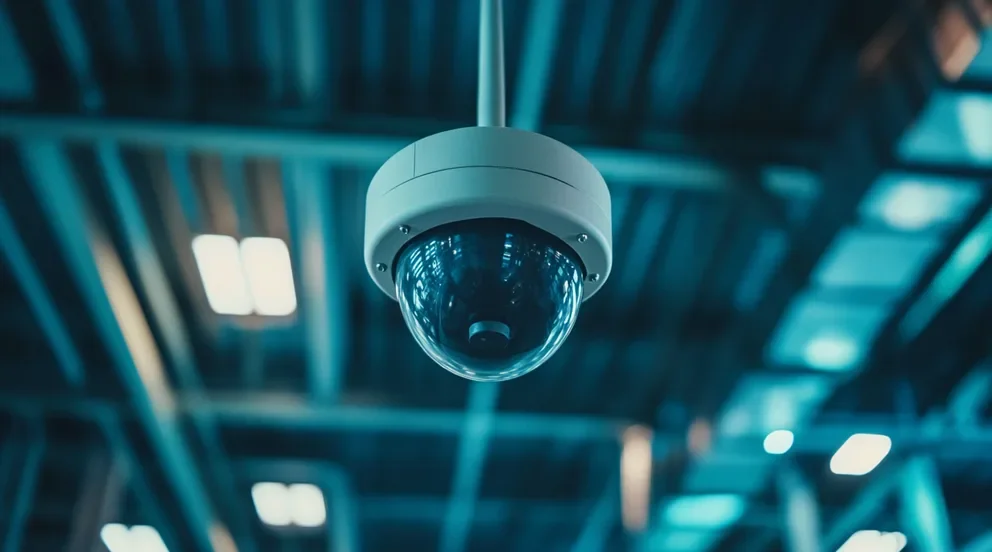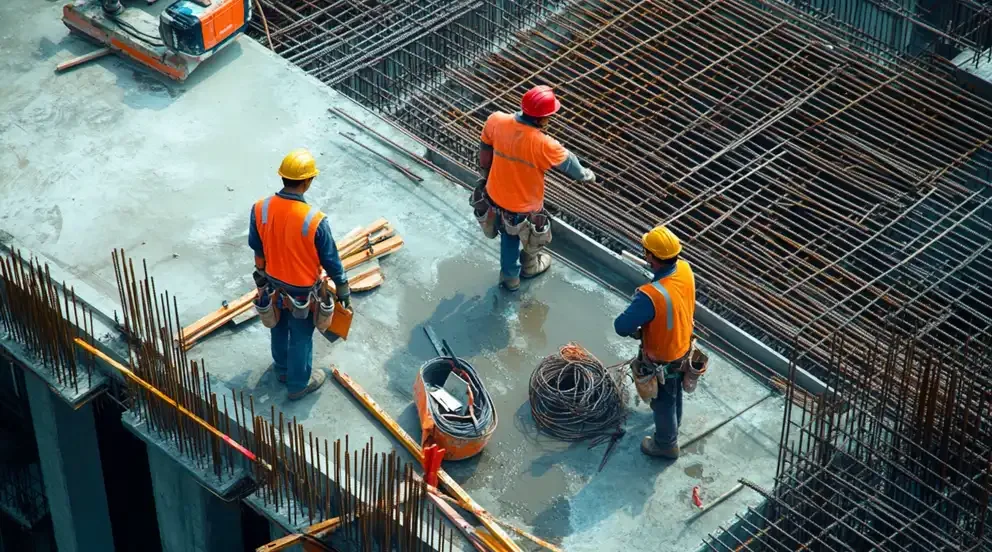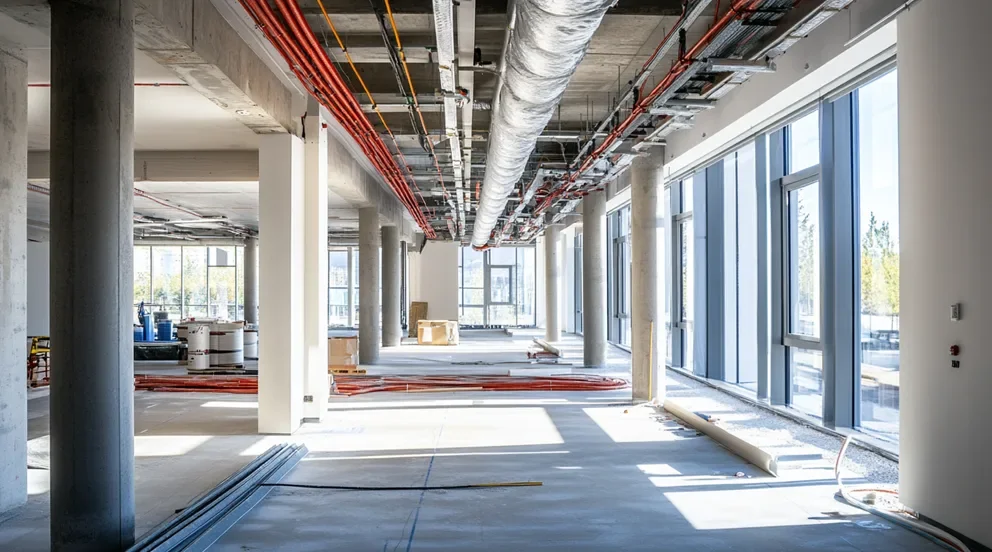A pleated filter is a type of air filter that is composed of several layers of pleated fabric or paper which is folded like an accordion. These filters are designed to capture airborne particles, such as dust, pollen, and other small particles, from the air that passes through it. Pleated filters are used in many air-handling systems, such as air conditioners, furnaces, and other mechanical ventilation systems.
Pleated filters are more effective than other types of air filters because they offer increased surface area and higher dust-holding capacity. This is due to the large number of folds which create more contact points for dust to be collected on. The pleating of the filter also allows a greater volume of air to pass through the filter at a given time, which reduces the need for frequent filter changes.
Pleated filters also come in different grades, from low-efficiency to high-efficiency, allowing for custom filtration needs. The lower-efficiency filters are typically used for residential homes and commercial buildings, while the higher-efficiency filters are used for medical, industrial, and other applications where extremely clean air is required.
In addition to their effectiveness, pleated filters are also known for their durability and long lifespan. They can last up to six months with proper maintenance and care. However, it is important to check the filter regularly for blockage, as a clogged filter can cause problems with air flow and reduce the efficiency of the filter.
Overall, pleated filters are an effective and durable option for many air-handling systems. They offer a greater level of filtration than other types of filters, as well as easy maintenance and a long lifespan.
What types of airborne particles are captured by pleated filters?
Pleated filters are designed to capture a wide range of airborne particles, including dust, pollen, mold spores, pet dander, smoke particles, bacteria, and other small particles. Depending on the grade of filter, some pleated filters can even capture particles as small as 0.3 microns. This makes them an effective option for air-handling systems that require clean air, such as those used in medical, industrial, and other applications.
In addition to the particles mentioned above, pleated filters can also capture larger particles, such as dirt, hair, lint, and other debris. This makes them a suitable option for home air conditioners and furnaces, as they can help to prevent these larger particles from entering the air ducts and circulating through the home.
In order to ensure that pleated filters are working effectively and capturing the airborne particles, it is important to regularly inspect and clean the filters. If a filter is clogged, it will reduce the efficiency of the filter and may cause problems with airflow.
How often should a pleated filter be changed?
The frequency at which a pleated filter should be changed depends on the environment in which it is being used. Generally, pleated filters should be changed every three to six months with proper maintenance and care. However, if the filter is in a heavily polluted environment or is used frequently, it may need to be changed more often.
In addition to the environment, the type of filter can also affect the frequency at which it needs to be changed. Higher efficiency filters typically need to be changed more frequently than lower efficiency filters, as they are more effective at capturing particles.
It is important to regularly inspect pleated filters to ensure that they are working properly and not clogged with debris. If a filter is clogged, it will reduce the efficiency of the filter and may cause problems with airflow. It is also important to note that changing the filter too often can be wasteful and costly.
In summary, pleated filters should typically be changed every three to six months depending on the environment in which they are being used. However, regular inspections and maintenance should be done to ensure that the filter is working properly and that it is not clogged with debris.
What are the benefits of using a pleated filter?
Pleated filters offer a number of benefits over other types of air filters. The most significant advantage is their higher efficiency in capturing airborne particles, which makes them suitable for medical, industrial, and other applications where clean air is required. They also have a longer lifespan than other filters and are relatively easy to maintain.
In addition, pleated filters can capture both large and small particles with the same efficiency. This makes them a great option for home air conditioners and furnaces, as they can help to prevent larger particles such as dirt and hair from entering the ventilation system and circulating through the home.
Finally, pleated filters are also more cost-effective than many other types of air filter due to their long lifespan. They are designed to last for up to six months, which means that they do not need to be replaced as often as other filters and can help to save money in the long run.
In summary, pleated filters offer a number of benefits over other types of air filter, including increased efficiency in capturing a wide range of airborne particles, longer lifespan, and cost-effectiveness. They are an ideal choice for medical, industrial, and home applications where clean air is required.
What is the difference between low-efficiency and high-efficiency pleated filters?
The main difference between low-efficiency and high-efficiency pleated filters is the level of filtration that they provide. Low-efficiency pleated filters are designed to capture larger particles such as dust, pollen, and lint. High-efficiency pleated filters are designed to capture smaller particles such as bacteria, viruses, and smoke.
Low-efficiency pleated filters typically have a MERV rating (minimum efficiency reporting value) of 5 to 8 while high-efficiency filters have a MERV rating of 11 or higher. These ratings indicate the percentage of airborne particles that each filter will capture.
In addition, low-efficiency pleated filters need to be changed less frequently than high-efficiency filters due to their lower level of filtration. Low-efficiency filters usually need to be changed every three months while high efficiency filters should typically be changed every one to two months.
In summary, the main difference between low-efficiency and high-efficiency pleated filters is the level of filtration that they provide. Low-efficiency pleated filters capture larger particles such as dust and pollen, while high-efficiency pleated filters capture smaller particles like bacteria and smoke. Additionally, low-efficiency pleated filters need to be changed less often than high efficiency ones due to their lower level of filtration.
What are the potential drawbacks of pleated filters?
While pleated filters offer a number of advantages over other types of air filter, there are also some potential drawbacks to consider. The first is that they can become clogged more easily due to their larger surface area. This means that they may need to be changed more often than other types of filters, which can be costly and wasteful.
In addition, pleated filters are not suitable for homes with pets as the pet hair and dander can quickly clog them up. If you have pets in your home, it’s best to opt for another type of filter such as an electrostatic or HEPA filter.
Finally, pleated filters are typically more expensive than other types of filters due to their higher quality and longer lifespan. This means that they may not be the most cost-effective option for some households.
In summary, while pleated filters offer a number of advantages over other types of air filter, there are also some potential drawbacks to consider. These include the fact that they can become clogged more easily due to their larger surface area, as well as the fact that they are not suitable for homes with pets and can be more expensive than other filters. Therefore, it is important to weigh up all factors before deciding which type of filter is best for your needs.
Are pleated filters able to capture particles that other air filters cannot?
Yes, pleated filters are able to capture particles that other air filters cannot. This is because they have a larger surface area and can trap larger particles such as dust, pollen, and lint. In addition, high-efficiency pleated filters also have the ability to capture smaller particles like bacteria, viruses, and smoke that would otherwise pass through other types of filter.
In summary, pleated filters are able to capture particles that other air filters cannot due to their larger surface area and higher level of filtration. They are an ideal choice for medical, industrial, and home applications where clean air is required.
What is the best way to maintain a pleated filter?
The best way to maintain a pleated filter is to regularly check and clean it. This should be done every three months or as recommended by the manufacturer. It is important to inspect the filter for any signs of damage and replace it if necessary. Additionally, you should vacuum the filter using an attachment with low suction in order to remove dust, dirt, and other particles that can build up over time. Finally, you should also use air conditioning or heating maintenance services to ensure your system runs efficiently and effectively all year round.
In summary, the best way to maintain a pleated filter is to regularly check and clean it, inspecting for any signs of damage and replacing as needed. You should also vacuum the filter using an attachment with low suction, and use air conditioning or heating maintenance services to ensure your system runs efficiently and effectively.
How do pleated filters compare to other types of air filters?
Pleated filters are superior to other types of air filters because they have a larger surface area and can trap larger particles such as dust, pollen, pet hair, and lint. In addition, high-efficiency pleated filters also have the ability to capture smaller particles like bacteria, viruses, and smoke that would otherwise pass through other types of filter. This makes them an ideal choice for medical, industrial, and home applications where clean air is required.
In comparison to other types of air filter such as electrostatic or HEPA filters, pleated filters may need to be changed more often due to their higher level of filtration. However; low-efficiency pleated filters need to be changed less often than high-efficiency filters.
In summary, pleated filters are superior to other types of air filter because they have a larger surface area and can capture particles that other air filters cannot. They may need to be changed more often than other types of filter, but low-efficiency pleated filters need to be changed less often than high-efficiency models.
Are pleated filters suitable for use in medical or industrial applications?
Yes, pleated filters are suitable for use in medical and industrial applications as they have a larger surface area than other types of air filter. This allows them to capture particles such as dust, pollen, pet hair, and lint that would otherwise pass through other types of filter. In addition, high-efficiency pleated filters also have the ability to capture smaller particles like bacteria, viruses, smoke, and chemical fumes that would otherwise pass through other types of air filter.
In summary, pleated filters are suitable for use in medical and industrial applications due to their large surface area and higher level of filtration. They can capture particles such as dust, pollen, pet hair, bacteria, viruses and smoke that would otherwise pass through other types of filter.
What is the largest particle size that can be captured by a pleated filter?
The largest particle size that can be captured by a pleated filter depends on the efficiency of the filter. Low-efficiency pleated filters are able to capture particles up to 10 microns in size, while high-efficiency models can capture particles as small as 0.3 microns.
In summary, the largest particle size that can be captured by a pleated filter depends on the efficiency of the filter. Low-efficiency models are able to capture particles up to 10 microns in size, while high-efficiency models can capture particles as small as 0.3 microns.



